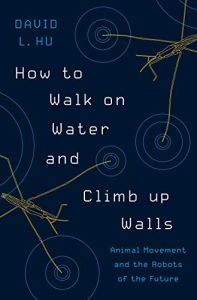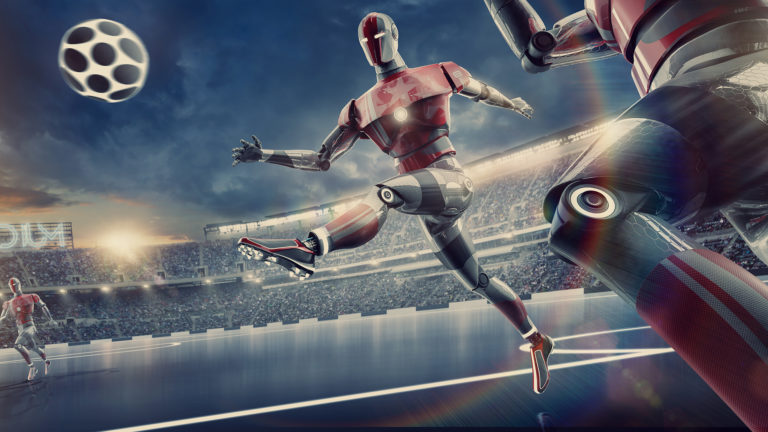Join getAbstract to access the summary!

Join getAbstract to access the summary!
David L. Hu
How to Walk on Water and Climb up Walls
Animal Movement and the Robots of the Future
Princeton UP, 2018
What's inside?
Ever heard of a robot that weighs a third of a gram and can walk on water?
Recommendation
David L. Hu’s exploration of animal movement, its study, and its application to robotics and medicine is a joy to read – informed, witty, unpretentious and original. He cites numerous fascinating, bizarre twists from studying animal movement. For example, some professors fear three-day holiday weekends because the extra day gives laboratory fire ants more time to figure out how to escape. Hu covers many such evocative images and facts about animal locomotion and the implications of related research to engage anyone interested in the hidden realities of animal and human life and the intersection of robotics and natural movement.
Summary
About the Author
David L. Hu, PhD, is associate professor of fluid dynamics at Georgia Tech.



















Comment on this summary